
Addressing Fiat 500 Power Steering Failures: What to Check
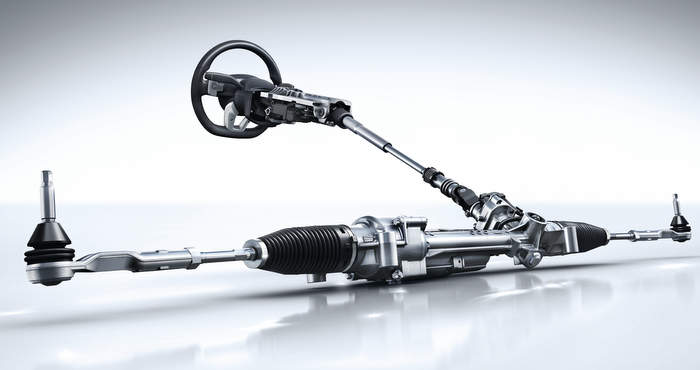
The Fiat 500 is a popular city car known for its stylish design and agile handling. However, some owners have reported issues with the power steering system, which can lead to a loss of steering assistance and potentially cause safety hazards. Power steering failures can be frustrating and concerning, but understanding the common causes and troubleshooting steps can help resolve the issue. In this article, we'll explore the possible reasons behind Fiat 500 power steering failures and outline the key checks to perform to identify and potentially fix the problem, getting your car back on the road safely.
Diagnosing and Troubleshooting Fiat 500 Power Steering Failures
When experiencing power steering failures in your Fiat 500, it's essential to identify the root cause of the problem to apply the correct fix. The power steering system is a critical component that enhances driving comfort and safety by reducing the effort required to steer the vehicle. A failure in this system can lead to increased steering effort, potentially causing driver fatigue and increasing the risk of accidents. To address power steering failures effectively, a systematic approach to diagnosing the issue is necessary.
Checking the Power Steering Fluid Level
The first step in diagnosing a power steering failure is to check the power steering fluid level. Low fluid levels can cause the power steering system to malfunction, leading to stiff steering or unusual noises when turning the steering wheel. To check the fluid level, locate the power steering fluid reservoir under the hood, and ensure the level is between the minimum and maximum marks indicated on the reservoir. If the level is low, topping up with the correct type of fluid is essential to prevent damage to the system.
Inspecting the Power Steering System for Leaks
Another common cause of power steering failure is leakage within the system. Leaks can occur due to damaged hoses, loose connections, or worn-out seals. Inspecting the power steering system for signs of leakage is crucial. Look for fluid drips or stains under the vehicle and around the power steering components. If a leak is detected, repairing or replacing the damaged components is necessary to restore the system's functionality.
Examining the Power Steering Pump and Belt
The power steering pump and its associated drive belt are critical components that can cause power steering failure if they fail. A worn-out or slipping belt can prevent the power steering pump from operating correctly, while a faulty pump can lead to a loss of power steering assistance. Inspecting the condition and tension of the drive belt and checking the power steering pump for any signs of failure or malfunction is essential.
| Component | Common Issues | Symptoms |
|---|---|---|
| Power Steering Fluid | Low level, incorrect type | Stiff steering, unusual noises |
| Power Steering System | Leaks, damaged hoses, loose connections | Fluid leaks, stiff steering |
| Power Steering Pump and Belt | Worn-out or slipping belt, faulty pump | Loss of power steering assistance, unusual noises |
What is the power steering warning on a Fiat 500?

The power steering warning on a Fiat 500 is an indicator that alerts the driver to a potential issue with the vehicle's power steering system. This warning is usually displayed on the dashboard as a symbol or a message, and it may be accompanied by a beep or other audible signal.
Power Steering System Overview
The power steering system in a Fiat 500 is designed to assist the driver by providing additional steering torque, making it easier to steer the vehicle. The system uses a combination of sensors, actuators, and hydraulic or electric components to achieve this. When the power steering warning appears, it may indicate a fault or malfunction within this system.
The possible causes of the power steering warning on a Fiat 500 include:
- A low level of power steering fluid, which can cause the system to malfunction or fail.
- A faulty power steering pump or electric motor, which can prevent the system from functioning properly.
- A problem with the steering column or other related components, which can trigger the warning light.
Causes of Power Steering Warning
The power steering warning on a Fiat 500 can be triggered by a variety of factors, including electrical or mechanical issues. In some cases, the warning may be related to a simple problem, such as a low fluid level or a loose connection. In other cases, it may indicate a more complex issue that requires professional diagnosis and repair.
You may be interested in reading Fiat 500 Door Handle Repairs: DIY Guide
Fiat 500 Door Handle Repairs: DIY GuideSome common causes of the power steering warning on a Fiat 500 include:
- Faulty steering angle sensor or other related sensors.
- Electrical issues, such as a blown fuse or faulty wiring.
- Mechanical problems, such as worn or damaged steering components.
Troubleshooting and Repair
To troubleshoot and repair the power steering warning on a Fiat 500, it is recommended to consult the vehicle's owner's manual or seek the assistance of a qualified mechanic. They can diagnose the root cause of the problem and perform any necessary repairs.
Some steps that may be taken to troubleshoot and repair the power steering warning on a Fiat 500 include:
- Checking the power steering fluid level and topping it off as needed.
- Inspecting the power steering system for signs of leaks or damage.
- Using specialized diagnostic equipment to identify any faults or malfunctions within the system.
How do you diagnose a power steering fault?

To diagnose a power steering fault, a systematic approach is required to identify the root cause of the problem. The first step is to understand the symptoms, such as difficulty steering, noises while steering, or leaks. Checking the power steering fluid level is also crucial as low levels can cause a range of issues.
Identifying Common Symptoms
The symptoms of a power steering fault can vary, but common indicators include difficulty steering, especially at low speeds, and unusual noises when turning the steering wheel. In some cases, the steering may feel heavy or stiff, or there may be a vibration felt through the steering wheel.
- Listen for unusual noises when steering, such as whining, groaning, or grinding sounds.
- Check for any signs of leaks around the power steering system, including the pump, rack, and hoses.
- Pay attention to any vibrations or stiffness in the steering wheel.
Checking the Power Steering System Components
The power steering system consists of several key components, including the steering rack, power steering pump, and associated hoses. Inspecting these components for signs of wear or damage is essential.
- Inspect the condition and level of the power steering fluid, as dirty or low fluid levels can cause system faults.
- Examine the power steering pump and its mounting for any signs of wear or leakage.
- Check the steering rack and its connections for any signs of damage or wear.
Using Diagnostic Tools and Techniques
Modern vehicles often require the use of diagnostic tools to troubleshoot power steering faults, especially in systems that are electronically controlled.
- Use a scan tool to check for any fault codes stored in the vehicle's onboard computer related to the power steering system.
- Perform a visual inspection of the power steering system to identify any signs of physical damage or leaks.
- Test the power steering pump and steering rack to determine if they are functioning correctly.
What Fiat 500 fault is most common?

The most common fault in the Fiat 500 is related to its electrical and electronic systems. Many owners have reported issues with the car's electrical components, such as the battery, alternator, and wiring. These problems can cause a range of symptoms, including faulty lights, erratic dashboard displays, and difficulties starting the engine.
You may be interested in reading Fiat 500 Door Handle Repairs: DIY Guide
Fiat 500 Door Handle Repairs: DIY Guide Fixing Water Leaks Inside Your Fiat 500: Common Causes and Solutions
Fixing Water Leaks Inside Your Fiat 500: Common Causes and SolutionsCommon Electrical Issues
The Fiat 500's electrical system is complex and prone to faults. Some of the most common electrical issues include problems with the car's battery, alternator, and wiring. These issues can be caused by a range of factors, including wear and tear, poor maintenance, and manufacturing defects.
- Battery drain due to faulty alarm systems or other accessories
- Alternator failure causing the battery to drain
- Wiring faults causing short circuits and other electrical issues
Transmission and Gearbox Problems
Some Fiat 500 models are prone to transmission and gearbox problems. These issues can be caused by a range of factors, including wear and tear, poor maintenance, and manufacturing defects. Symptoms of transmission and gearbox problems can include slipping or hesitation between gears, unusual noises, and difficulties shifting gears.
- Slipping or hesitation between gears due to worn clutch packs or other internal components
- Unusual noises or vibrations when shifting gears
- Difficulties shifting gears due to faulty solenoid or other electrical issues
Engine Issues and Faults
The Fiat 500's engine can be prone to certain issues and faults. Some of the most common engine problems include issues with the car's oil consumption, coolant leaks, and faulty fuel injectors. These issues can be caused by a range of factors, including wear and tear, poor maintenance, and manufacturing defects.
- Excessive oil consumption due to worn piston rings or other internal components
- Coolant leaks due to faulty hoses or other external components
- Faulty fuel injectors causing poor engine performance and decreased fuel efficiency
What is the most common failure in a power steering system?
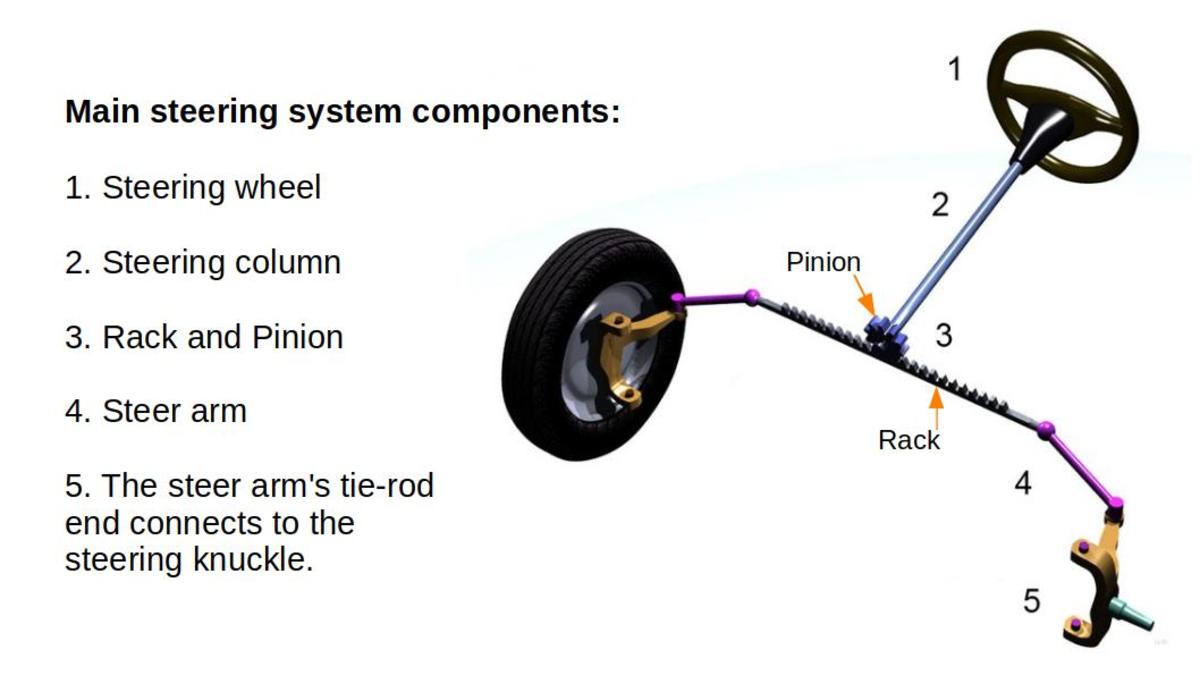
The most common failure in a power steering system is related to the loss of hydraulic pressure, which is often caused by a leak in the system. This can be due to worn-out or damaged seals, hoses, or other components.
Causes of Power Steering System Failure
The power steering system is complex and involves various components that work together to provide smooth steering. When one of these components fails, it can lead to a loss of hydraulic pressure and overall system failure. The causes can be attributed to various factors such as wear and tear, poor maintenance, or manufacturing defects.
- Wear and tear on seals and hoses can cause leaks, leading to a loss of hydraulic pressure.
- Corrosion or damage to the power steering pump or rack can also cause system failure.
- Low fluid levels or contaminated fluid can cause the system to malfunction.
Symptoms of Power Steering System Failure
When the power steering system starts to fail, it can exhibit various symptoms that indicate a problem. These symptoms can range from minor issues to complete system failure. Identifying these symptoms early on can help prevent further damage and costly repairs.
- Noise or vibration when steering, such as whining or groaning sounds.
- Difficulty steering or stiff steering, which can be more pronounced when the vehicle is stationary.
- Leaks or drips of power steering fluid under the vehicle.
Consequences of Ignoring Power Steering System Failure
Ignoring a failing power steering system can lead to more severe consequences, including safety risks and increased repair costs. If left unaddressed, the problem can escalate, causing further damage to other components and potentially leading to a loss of control while driving.
- Increased risk of accidents due to loss of control or difficulty steering.
- Further damage to other components, such as the steering rack or pump.
- More costly repairs or even replacement of the entire power steering system.
Frequently Asked Questions
What are the common causes of Fiat 500 power steering failures?
Fiat 500 power steering failures are often caused by a faulty power steering pump, low power steering fluid levels, or a malfunctioning power steering rack. Other possible causes include a clogged power steering filter, worn or loose power steering belt, or electrical issues with the power steering system. Regular maintenance and inspections can help identify these issues before they lead to a failure.
How do I check the power steering fluid level in my Fiat 500?
To check the power steering fluid level, locate the power steering reservoir under the hood, usually marked with a steering wheel icon. Check the fluid level against the minimum and maximum marks on the reservoir. If the level is low, top it off with the recommended power steering fluid type. Be sure to consult your owner's manual for the correct procedure and fluid type to avoid damaging the system.
You may be interested in reading Fiat 500 Door Handle Repairs: DIY Guide
Fiat 500 Door Handle Repairs: DIY Guide Fixing Water Leaks Inside Your Fiat 500: Common Causes and Solutions
Fixing Water Leaks Inside Your Fiat 500: Common Causes and Solutions How to Deal with Fiat 500 Gear Shifting Difficulties
How to Deal with Fiat 500 Gear Shifting DifficultiesCan a faulty power steering sensor cause a failure in my Fiat 500?
Yes, a faulty power steering sensor can cause issues with the power steering system. The sensor provides crucial data to the system's control module, and a malfunction can lead to erratic or lost power steering assistance. If you suspect a sensor issue, have it diagnosed and replaced by a qualified mechanic to restore proper power steering function.
Is it safe to drive my Fiat 500 with a power steering failure?
Driving a Fiat 500 with a power steering failure can be challenging and potentially hazardous, especially at low speeds. Without power steering assistance, steering the vehicle becomes much harder, increasing the risk of accidents. It's recommended to have the issue diagnosed and repaired as soon as possible to ensure safe and controlled driving.

If you want to know other articles similar to Addressing Fiat 500 Power Steering Failures: What to Check you can visit the category Common Problems.
Deja una respuesta

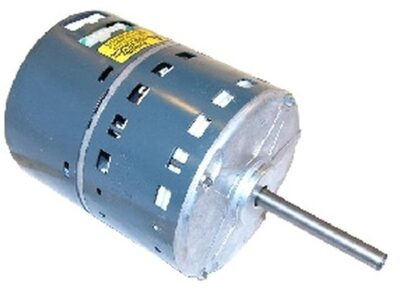


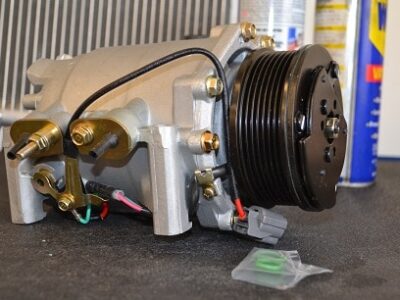
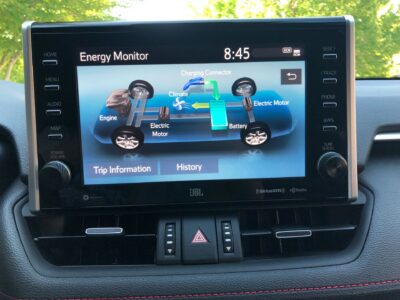
More content of your interest